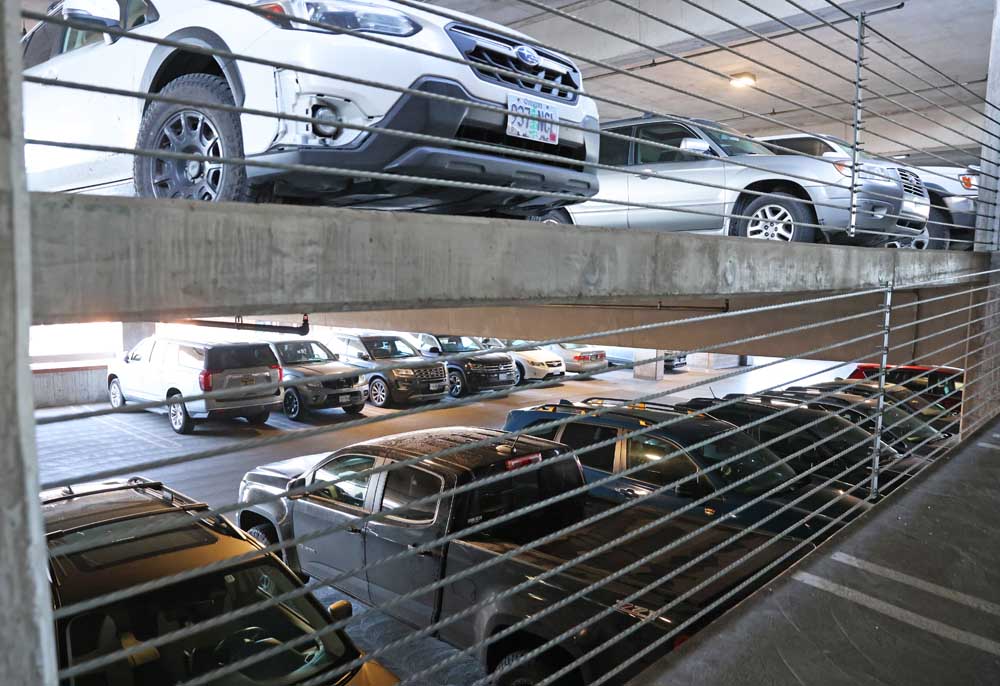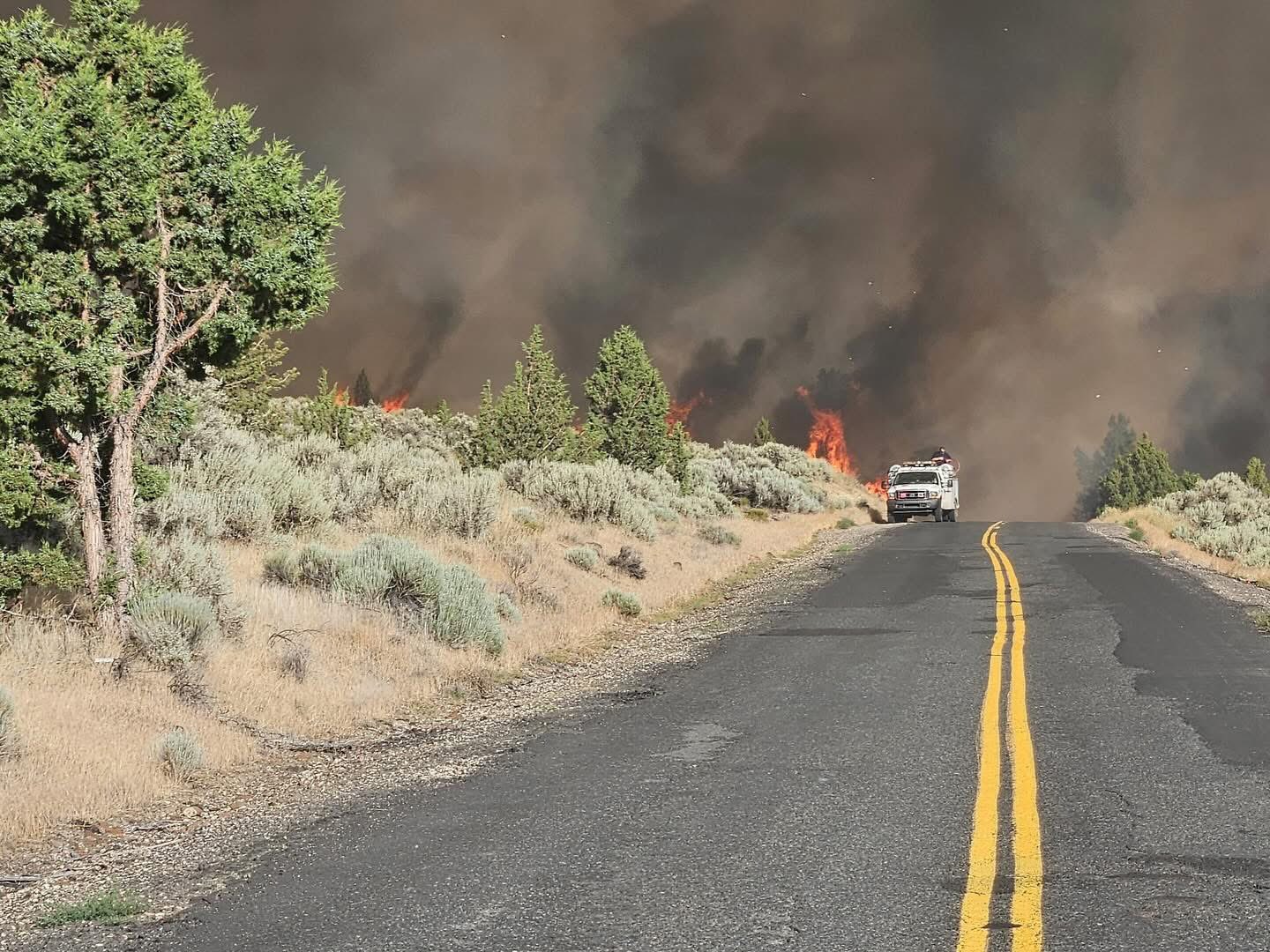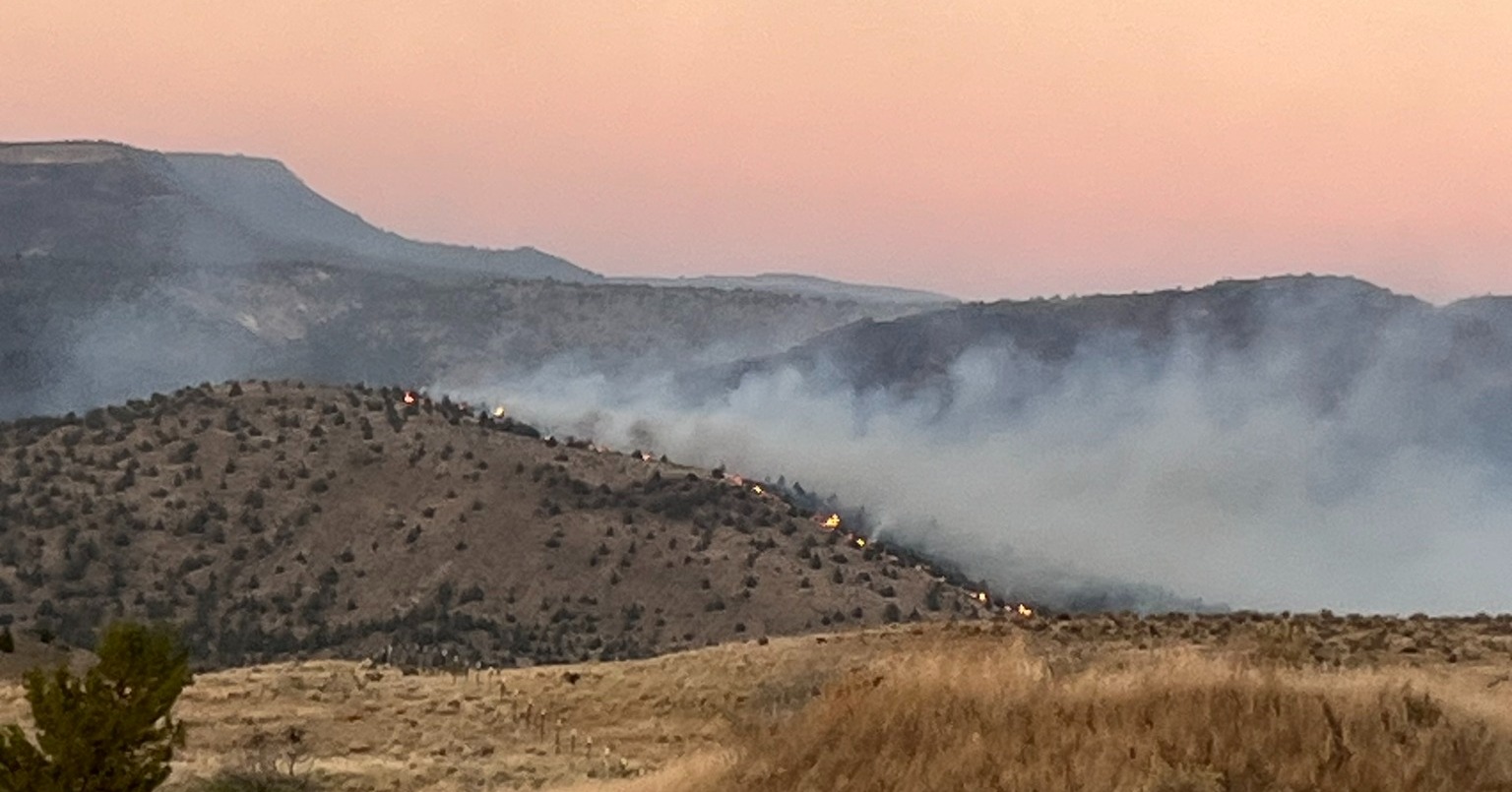Downtown Bend parking causes confusion and dismay, but remains in high demand
Published 5:45 am Wednesday, December 4, 2024

- Vehicles are layered in the parking garage in downtown Bend.
The busyness of the holiday season seems to have aggravated qualms with Bend’s downtown parking system among people who express dissatisfaction and confusion over parking management.
Meanwhile, the city of Bend is continuously evaluating the system, keeping open the possibility of making changes in 2025.
Trending
But parking data indicates the system is doing what it’s supposed to do.
Still, the group the city’s parking system is intended to support — downtown businesses — have some of the loudest critiques against it.
“Overall people are just really confused about how to pay, where to pay, when to pay, and that the free parking is just not long enough and there’s not enough parking,” said Rachel O’Rourke, program director at the Downtown Bend Business Association.
That’s according to feedback O’Rourke has collected from business owners downtown, who say customers enter stores complaining about parking. Some business owners say they’ve heard from people who don’t bother to visit shops downtown because parking is too difficult. Some fear it will hurt sales, or already has.
Smoke affects busy summer travel season in Central Oregon
Trending
O’Rourke said downtown businesses reported lower sales in 2024, but there’s no data to pin the drop on parking.
The number of people visiting Bend in 2024 dropped from 2023, with room tax collections down 6.5%, a swing tourism agencies blamed on smoky air due to wildfires.
Confusion persists
The chief complaints from customers are about parking time limits, charges and confusion over the three different apps the city partnered with for users to make the payment, said JoAnne Sunnarborg, owner of the Desperado Boutique on Bond Street.
“They’re not making it very friendly for people,” Sunnarborg said.
A decade ago the city launched an effort to study its parking resources and formed a committee of downtown business owners, residents and property owners. The result of a nearly two-year process was the 2017 Downtown Strategic Parking Management Plan, the guiding document for the downtown parking system.
The plan expanded a two-hour time limit for free parking to all streets in downtown Bend and created a payment system for several off-street lots. Parking is $1 per hour or $10 per day. Any one of the city’s three different parking payment apps — Passport Parking, Honk or Pango — works across all zones and lots except for the 547-space parking garage, where users pay as they exit.
Payment isn’t an option for street parking. Users must move their vehicle to another zone in a different area of downtown after the first two hours to avoid a violation.
Sunnarborg said she believes this has restricted business downtown.
“Two hours isn’t enough for someone to go shop and then go eat dinner,” she said.
The city’s study from a decade ago says differently. Surveys clocked average duration of parking stays at 90 to 100 minutes, indicating “that the current two-hour time-limited stalls meet the needs of the average customer or visitor,” according to the study.
Brandon Ermatinger, a 25-year-old lifelong Bend resident who visited downtown the Tuesday afternoon before Thanksgiving, said he thinks the two-hour time limit is too short. Ermatinger said he goes downtown nearly every day to get coffee, shop or walk in the park, but he parks on the outskirts to avoid downloading the parking apps or worry about moving his car.
“It’s kind of ridiculous,” he said
Navigating the app-based payment system was a troubling issue for Bend resident Denise Mahoney, who said she finds herself visiting commercial areas other than downtown more often.
“I stood there at the app thing and said, ‘I don’t even know what this means,’” she said, referring to instructional signs meant to help people with the system.
Jacob Larsen, a spokesperson for the city of Bend, said the city is continuing to evaluate the use of all of its parking apps, which were implemented in 2019.
“The reason for utilizing multiple apps is it’s more likely that an individual already has one of the apps installed on their phone, making it easier to pay for parking,” Larsen said in an email.
Larsen said the city put a two-hour cap on street parking to increase turnover, making more spaces available to more parkers, while adding a longer-term payment option in the off-street lots.
Data shows high use
Larsen said the city’s main objective for parking management is to help businesses succeed — and that 2024 data indicates the parking system is working.
Downtown Bend has 1,800 parking spaces. During peak hours, 85%-95% of spaces downtown are filled, while 75% of parking garage spaces are filled. During Thanksgiving week in the city’s downtown core — Bond Street, Wall Street, Oregon Avenue and Minnesota Avenue — each space was utilized between 5.5 and 14 times per day, hosting 14,000 stays among 302 spots.
The 2017 study aimed to boost turnover above five users per day in each space.
The city brought in $1.9 million in revenue from parking in 2024. That money goes to a parking fund to maintain operations and upkeep of the system, Larsen said.
The city has issued 17,535 parking citations in 2024 — a 32% drop from last year, when about 26,000 citations were issued.
Larsen attributed the decrease to the parking guidance system set up in December 2023. The guidance system features large digital displays of numbers and arrows telling downtown drivers where parking spaces are available.
Digital parking signs debut in downtown Bend
The displays are intended to help people find spaces that might be just around the corner from their desired business, while reducing the traffic and congestion caused by vehicles circling downtown blocks for parking, said Russ Grayson, chief operations officer with the city of Bend.
He said the downtown parking system is a “continuous improvement project” and the city has had internal conversations about gathering stakeholder feedback after hearing recent concerns.
A finite resource
As Bend grows, so does demand for parking, Grayson said.
“When you have a finite resource and a high demand, how do you manage that? That’s the question we are trying to always analyze and figure out,” he said.
Busy periods stretch the city’s parking supply past optimal levels. The city adopted in its 2017 management plan the “85% rule,” stating that if peak parking occupancy consistently breaches 85% it would trigger new parking strategies to reduce strain on the system. One strategy suggested by the study was to start charging for on-street parking.
Some business owners, like Sunnarborg, would rather see plans to increase use of the parking garage, as well as free up spaces by removing dining areas set up on parking spaces. Larsen said the city caps these “parklets” at 5% of downtown spaces, and 25 spaces are currently tied up by that use.
Critiques of the downtown parking system come as the city initiates a study on “people streets” seeking to identify streets to eliminate or heavily reduce car use.
O’Rourke said the business association is in “full research mode” about potential impacts.
“We definitely do have some concerns,” she said. “When you have an area that is already having challenging issues with parking, I think there needs to be a solution considered to how you’re going to replace that parking.”








